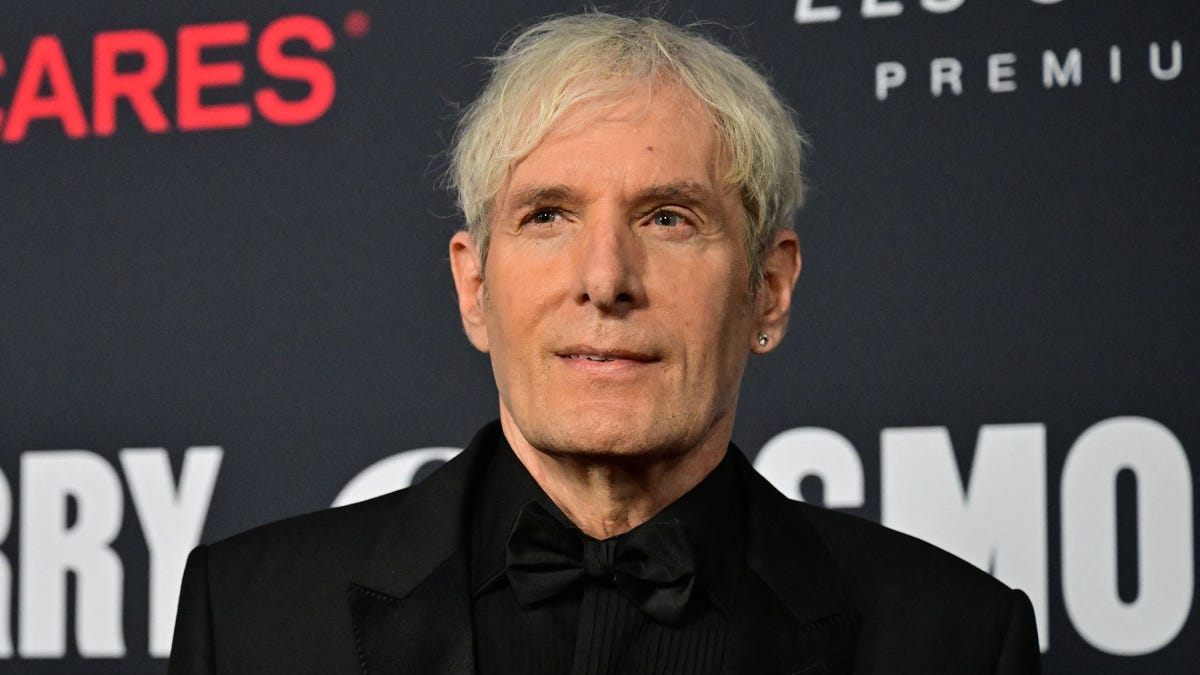Stanford Medicine trial cell therapy fights childhood brain cancer
A participant in a Stanford cancer trial trial showed no detectable signs of brain cancer and others showed shrunken tumors.
Michael Bolton’s battle with glioblastoma has brought renewed attention to one of the most complex, deadly and treatment-resistant cancers.
The singer, 72, told People he was diagnosed in December 2023 after having emergency surgery. He also underwent another brain surgery in January 2024.
In the interview published April 30, Bolton said he finished radiation and chemotherapy in October and his most recent scan was clear in early April.
The five-year survival rate for glioblastoma patients is about 6.9%, and the average length of survival is estimated to be only eight months, according to the National Brain Tumor Society. However, Bolton told People that he has intentionally not received a prognosis.
Here’s what to know about the aggressive brain tumor.
What is glioblastoma?
Glioblastoma is a form of brain cancer that starts as a growth of cells in the brain or spinal cord, according to the Mayo Clinic.
The cancer is aggressive and can grow quickly while invading and destroying healthy tissue, said Dr. Mustafa Khasraw, neuro-oncologist at Duke University School of Medicine.
“It has proven to be very difficult to treat and it’s likely to grow back even with the best surgical procedures, therapy and everything,” he said.
It’s estimated that more than 10,000 people will die from glioblastoma every year, according to the National Brain Tumor Society. However, Khasraw said that not all patients die within a year.
“In our practice, we have quite a sizeable group of long-term survivors,” he said. “They are the outliers.”
Some prominent figures who have died from glioblastoma include Mia Love, the first Black Republican woman elected to Congress, Beau Biden, son of former U.S. President Joe Biden, and U.S. Senator John McCain.
Symptoms of glioblastoma
Although a diagnosis can occur at any age, the Mayo Clinic said older adults are more likely to develop glioblastoma.
Symptoms of glioblastoma include:
- Headache
- Nausea and vomiting
- Confusion, decline in brain function or memory loss
- Personality changes or irritability
- Vision changes, such as blurred vision, double vision or loss of peripheral vision
- Speech difficulties
- Trouble with balance or coordination
- Muscle weakness in the face, arms or legs
- Seizures, particularly in someone who has never experienced them before
Bolton told People magazine his treatments have impacted his short-term memory, speech and mobility.
Is there a cure for glioblastoma?
Glioblastoma can sometimes be treated with radiation therapy, chemotherapy, immunotherapy or brain surgery, called a craniotomy, according to the Cleveland Clinic.
While treatments might slow cancer growth and reduce symptoms, there is no cure.
It’s one of the few cancers that has seen little progress in two decades despite increased funding from organizations, institutions and pharmaceutical companies, Khasraw said. This is partly due to the cancer’s aggressive nature and how difficult it is to include enough participants in robust clinical trials.
“It has been notoriously difficult to discover great new therapies and improve outcomes,” he said. “It’s an area of unmet need.”
However, the field has recently pivoted to focus on smaller, biological studies. Khasraw encourages patients who have received a glioblastoma diagnosis to seek treatment in a clinical trial.
Adrianna Rodriguez can be reached at [email protected].
(This story was updated to add new information.)

Leave a Reply